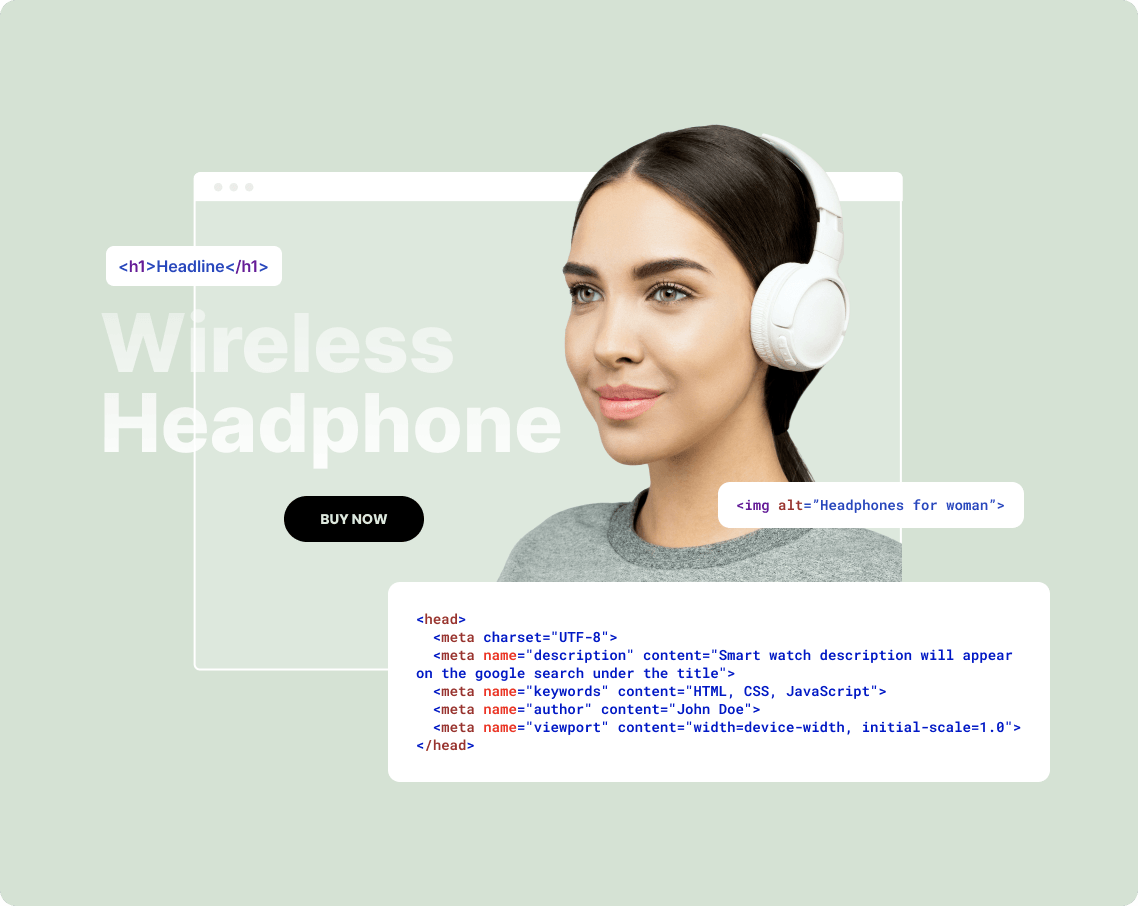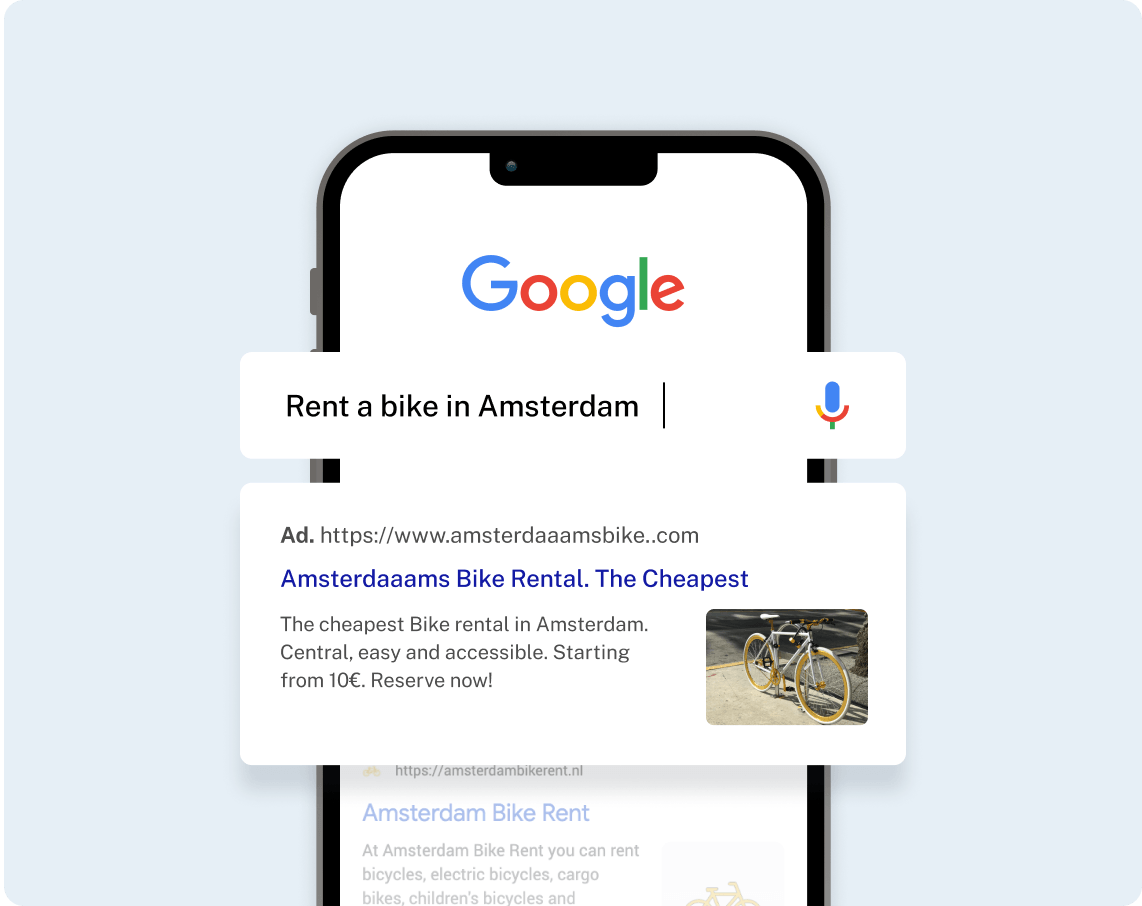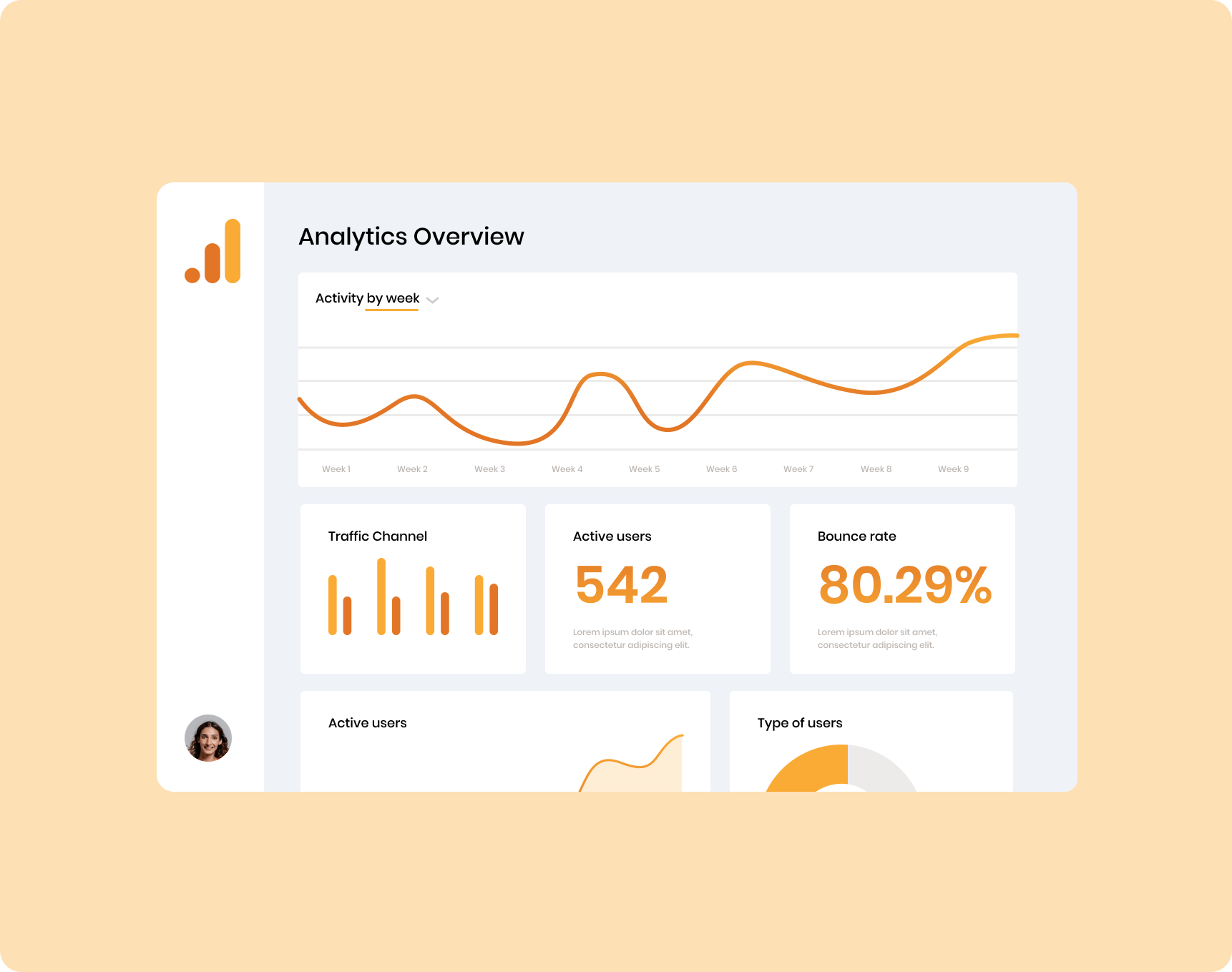We design with purpose and
deliver results
We create pixel perfect websites that are designed with a purpose - to help you achieve your business goals.
Our services
A dream extension to your team
Hi, my name is Christian. I'm an experienced, been there, done that digital expert. With over 15 years of experience, I've got the market know-how to help with your digital needs, from your website, to your logo and branding, social media, SEO, PPC and more - you're in good hands.
I have worked with in-house teams for almost my entire career, learning not only how to build successful websites but also launch successful campaigns on social media, paid ads, email and more, and deliver results to stakeholders.
I am now bringing my knowledge, experience and expertise to your small business - because I know how to make your budgets go far and deliver results. I am transparent, up-front and don't believe in over-priced and hard to work with marketing agencies. Everything I do will be agreed upfront and will be at a fixed price (no retainers or day rates here!). To help with your budgets, I also offer pay monthly options.
We'll help your site stand out
Our company's mission is to help any business shine brighter with a custom website, SEO plan and optimization. We're data driven, and we work with full transparency.

Website Design and Development
We excel at crafting visually impressive WordPress and Duda websites that are a breeze to maintain.
From user-friendly layouts to seamless functionality, we ensure your site not only looks good but performs even better.
On-site SEO
On-site SEO is about optimizing your site according to the most recent HTML and content SEO guidelines. Webtiquo is always up to date with the industry's latest best practices, so we'll know exactly how to optimize your site.
Our team will research your industry, your current site, and what your competitors are doing to define a solid, results-driven content and HTML optimization plan.


Off-site SEO
Off-site SEO is about actions people take on other sites or platforms, that impact your own site's ranking in Google SERPs for relevant searches.
With off-site SEO, we build your site's domain authority, and aim to have online users show to search engines they trust and share your site. On-site and off-site SEO strategies work together to let Google know your site is valuable, credible, and worth sharing.
Google Ads campaigns
Take advantage of Google's far and reaching platform to advertise your product or service on Google search results pages, videos, mobile apps, other sites and more.
Our team will ensure you get the maximum reach and return on investment. We'll customize your advertising objective, plan a brand strategy, and help you decide how long you'd like your campaigns to run for.
Our ad campaign service will give your site:
- High quality traffic
- Higher click-through rate (CTR)
- Better paid search SERP ranking
- Overall higher quality score


Google Analytics
We use Google's tool for tracking and analyzing site performance and stats to identify trends and opportunities in how site visitors interact with your site.
We use Google Analytics to get a current view of your site's performance, and to track the shift in site stats once our SEO work kicks into high gear. In addition, we'll use the platform's robust reporting options to generate customized weekly and monthly reports on your site's performance.
So you can always know what's going on, and see the progress of your site's performance over time.
What people say about us?
Don't just take it from us

Steven Holmes
"Our new website, featuring a booking form for customers has increased our revenue by 80% in 3 months!"

Sam Molden
“Within 4 months, we managed to beat our main local competitor on Google!"
FAQ
Recent blog posts










